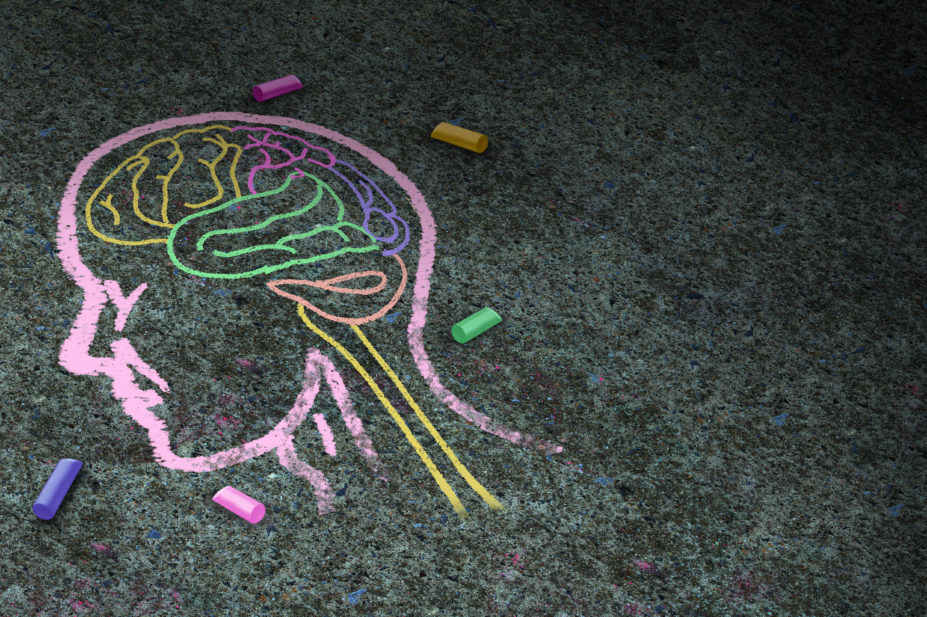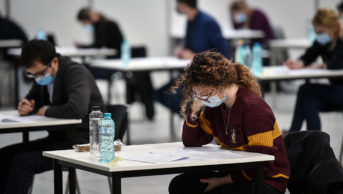
Shutterstock.com
Cast your mind back to 2019 (I know, pre-pandemic life feels like an age ago!) — I was working as an advanced practitioner pharmacist at Boots and supporting the ‘A Million and me’ campaign; a Children in Need impact programme aiming to make a difference to the emotional wellbeing of young children.
Through this programme, I was shocked to learn that more than half of all mental health conditions are established by the age of 14 years. It was this statistic that drove me into action mode and I saw an opportunity to use my skills as a pharmacist to help young people.
At that time, there was a real gap in the curriculum in terms of health education for primary aged children and I felt compelled to take action. When my son started primary school in 2017, I joined the parent teacher association to get to know other parents but soon realised I could use my pharmacy skills to support learning at the school. Now, I provide voluntary outreach services, with a focus on health initiatives, utilising my expert knowledge and pharmacy skills to improve health outcomes in my local community.
Education is, and always has been, at the core of my portfolio career and I am well versed in adapting to new working environments. I’ve been a tutor at the Centre for Pharmacy Postgraduate Education since 2019 and, although initially daunted at switching from postgraduate education to teaching children aged under 11 years, was relieved to discover that the new headteacher was a qualified ‘mental health first aider’ and equally excited about the possibilities to improve the children’s wellbeing as I was.
We worked together to coordinate a pupil wellbeing programme, with the aim of improving community knowledge of mental health and self-help skills, and encouraging regular discussion of the different aspects of mental health.
The headteacher drew together the educational aspects, while I used my local healthcare connections to engage others into the programme, for example the local GP surgery. I was also ready to support parents with information provided through my Boots training; in particular, I made use of mental health resources from the charity Young Minds.
The pandemic meant the programme needed to adapt and quickly; what started as an important project became crucial to help support families’ wellbeing during the global crisis
The sessions covered a variety of topics, from recognising emotions, managing change and developing helpful coping strategies, to self-esteem and self-regulating behaviour. It also included understanding sensory processing difficulties and the impact these can have on everyday life and learning.
We planned to combine the launch of the programme with an information event for the local community, engaging with GPs, the educational psychologist service, special educational needs coordinators and others.
However, the pandemic meant the programme needed to adapt, and quickly; what started as an important project became crucial to help support families’ wellbeing during the global crisis. We were no longer able to meet face to face but modified the programme to meet the needs of the school community through online lessons and sharing resources for parents via newsletters and social media. Hopefully, when COVID-19-rules allow in future, we will be able to deliver face-to-face events again.
In October 2020, we celebrated World Mental Health Day by inviting families to send in photographs of the activities they do to support positive wellbeing at home. The school then created a display to reflect on how we all take care of our wellbeing and promote positive mental health.
The wellbeing programme has now become a core part of the school curriculum and I am very proud to have contributed to better mental health habits in my local community, at what has been a very challenging time for many. Each class now takes part in daily mindfulness and growth mindset activities; my five-year-old has even taught me how to do ‘square breathing’ (a four-second pattern of breathing in, holding, breathing out and holding).
Parents have said that they found the resources shared useful and feedback from pupils has included: “I like square breathing, if some of us are excited it helps us calm down” and “I like the chimes because I think about trains when I do it which makes me feel happy”.
Over the past three years, I have also coordinated other health projects at the school, including organising a ‘First aid awareness week’, with the overall vision of making ‘every child a lifesaver’, as per the St John Ambulance campaign, and asthma awareness training, aiming to educate and empower children to take action if they witness an asthma attack.
In this work, I have been able to draw on my professional connections and awareness of the health service. My pharmacy background has also equipped me with a range of transferable skills, not only as a practitioner, but also management and finance skills, as well as the essential ability to communicate effectively and engage others to achieve a shared purpose.
I am passionate about empowering children to take control of their own healthcare; to quote Franklin D. Roosevelt: “We cannot always build the future for our youth but we can build our youth for the future.”
I think we all get into pharmacy because we like to help our patients live better and healthier lives, and it is brilliant to be able to help even more people through the school network. I would encourage all pharmacy professionals to get out there and see what impact they can have on their local communities — it is incredibly rewarding.
Lucy Chalkley is a regional tutor and education supervisor (South West) at the Centre for Pharmacy Postgraduate Education


